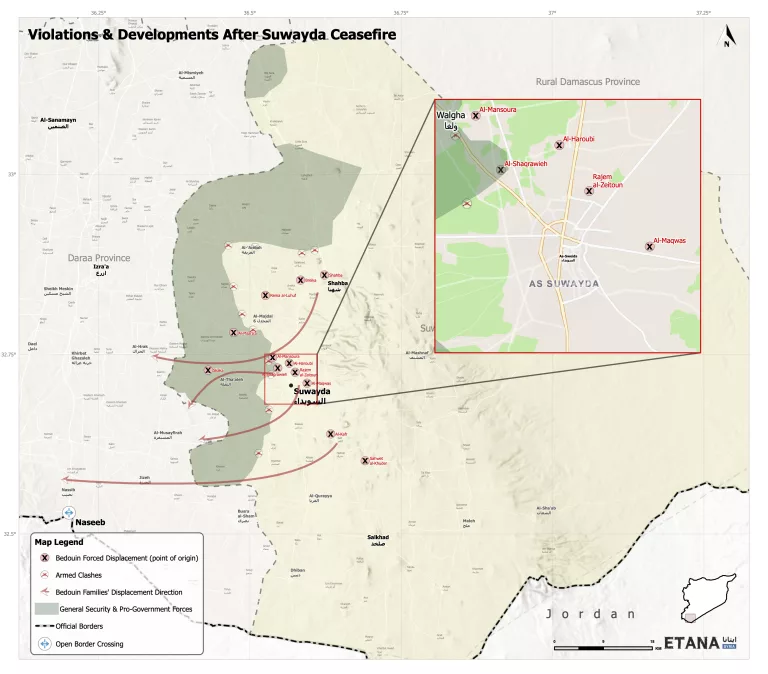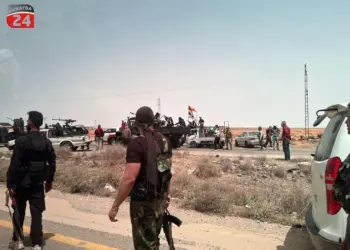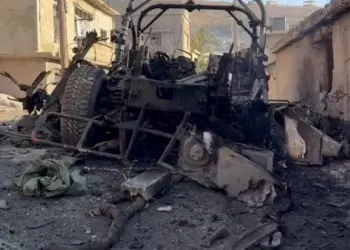Despite scattered and not insignificant bouts of fighting since the tripartite ceasefire came into effect last weekend, the general picture from Suwayda at the moment is one of tense calm. The tripartite Suwayda ceasefire, brokered in Amman by Syrian, Jordanian and US officials at the beginning of this week, has largely held. Now, dire humanitarian conditions represent the most significant immediate challenge. Suwayda is effectively besieged, with limited aid coming in from outside. And although the recent drawdown from interim authorities appears to be the combined result of the ceasefire and a desire for de-escalation in the short-term, their actions so far suggest the objectives in Suwayda remain the same: punish Suwayda, undermine al-Hijri, and eventually enforce state control over Druze factions.
Military developments
While the shaky ceasefire in Suwayda has for the most part held until now, fighting continued in and around Al-Ariqah and Shahba throughout much of the week. Around 700 pro-government fighters were still trying to storm the two northern towns mid-week, using medium-range weapons, 23mm machine-guns and mortars. Both locations act as gateways to Suwayda city and also stand in front-line positions between Druze and more predominantly Bedouin areas. Hundreds of General Security and 70th Division fighters are still deployed in areas of Suwayda’s western countryside at the time of writing. While hundreds of pro-government fighters withdrew from Suwayda, bound for either Daraa or Damascus, in the wake of the ceasefire, more than 200 members of General Security are still deployed on the Damascus-Daraa highway.
Tel Aviv also remains on alert: With various civilian and troop movements throughout the week, Israel has been conducting intensive reconnaissance—particularly over eastern Daraa. In one case, hundreds of pro-government fighters were evacuated from Busr al-Harir after Israeli aircraft conducted an aerial survey over the town that lasted for several hours on Wednesday.
In the long-term, authorities do not seem keen to entertain autonomous ambitions in Suwayda amid ongoing efforts to consolidate the state under Damasus. This could mean more violence in the future in the south and does not appear to have deterred their goals to integrate the Kurds in the north-east. Syria’s foreign minister Asa’ad al-Shaibani met with his French counterpart and US Special Envoy for Syria in Paris Friday, where all agreed to convene another meeting on integration of the Self Administration under Damascus.
Political & humanitarian developments
An estimated 100,000 people remain displaced within Suwayda, with most sheltering in southern areas of the province after fleeing their homes in the northern and western countryside since fighting broke out. Up to 30 towns and villages in Suwayda are still completely empty of residents. The last convoys of Bedouin IDPs left Suwayda province for eastern Daraa on Friday, when more than 300 Bedouins were bussed from Suwayda city, bringing the total number of resettlements since the beginning of the week to approximately 5,000. Another convoy of around 500 Bedouins were evacuated from Al-Kafr in rural Suwayda bound for Ibta’a in western Daraa the day before.
Despite the general halt in hostilities for now, Suwayda’s humanitarian conditions remain extremely fraught. Hospitals have ceased general operations and are only taking on limited emergency cases due to shortages of staff and equipment. Electricity was also restored to Suwayda city on Friday morning, ending more than a week of outages that had had significant impacts on the local medical sector and civilians’ access to food and safe drinking water.






